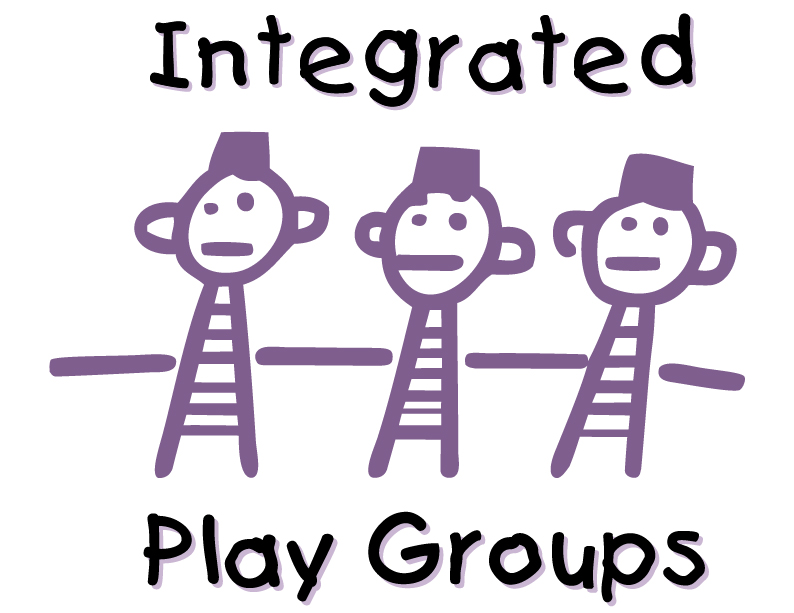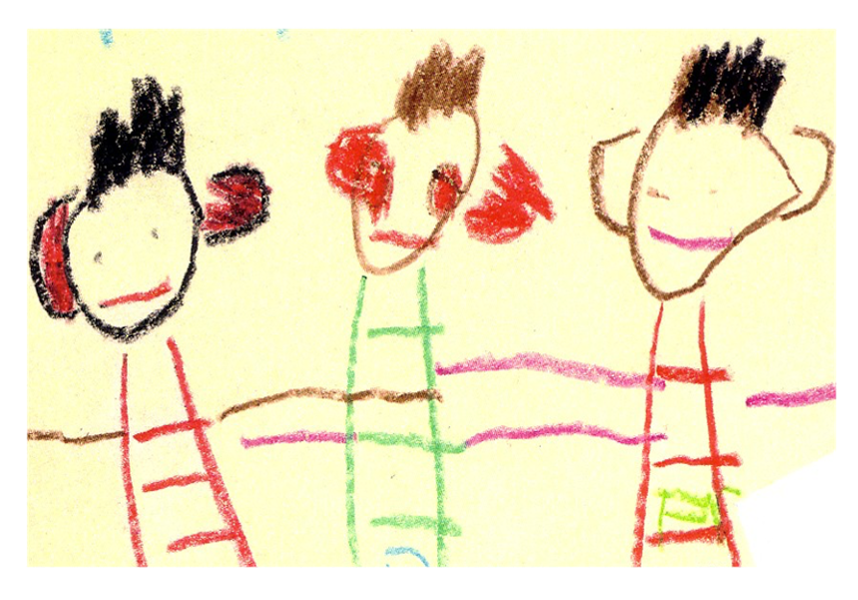 IPG Model
IPG Model
The Integrated Play Groups® (IPG) model was originated by Pamela Wolfberg in the late 1980's while working in the autistic program in a San Francisco public elementary school. Having a background in special education, child development and play therapy, she grew seriously concerned that the autistic children were not gaining equal access to essential play and social experiences with peers. Even when afforded ample time for free play, they tended to gravitate to the fringes of their peer group .
Autistic children are no different than neurotypical children in having innate desires and capacities to play, socialize and form meaningful friendships with peers. However, the ways in which they express themselves in play and communicate their social interests are uniquely their own. Play patterns often involve an intensity of focus on objects, sensory rich activities or themes that reflect fascinations and unique areas of interest . When autistic children initiate play, their attempts often go unnoticed or are misinterpreted because they are subtle, obscure or out of sync with what peers are doing.
Without a framework of understanding, peers are more likely to overlook, avoid or exclude autistic children, which deprives them of the joy and benefits afforded by full participation in the culture of play with peers. Peer neglect and rejection perpetuates a cycle of play deprivation and social isolation, which ultmately impacts developmental growth, social functioning and psychological well-being over the lifespan. The IPG model breaks this cycle, by helping autistic and neurotypical children co-create a play culture that fosters socialization, play and imagination while embracing inclusion and diversity where everyone belongs.
What is the IPG Model?
The Integrated Play Groups® (IPG) model is an evidence-based practice (EBP) that is grounded in Lev Vygotsky's sociocultural theory. The IPG model is designed to guide autistic children and neurotypical peers in mutually engaging experiences that foster socialization, play and imagination in natural inclusive settings. Originally developed for younger children (preschool to elementary school age), the IPG model has expanded to diverse age groups by combining with different therapies and extending play to other forms of culturally valued activities (e.g., drama, dance, music, visual arts, crafts, video, film, photography, multi-media, gaming, Yoga, martial arts).
What is the IPG Model Rationale?
Research shows that social inclusion, play and creative expression are fundamental human rights that are vital to children's development and sociocultural participation. Unique differences in social interaction, communication, play and imagination place autistic children at high risk for being excluded by peers. Social isolation further deprives these children of opportunities to reach their full developmental potential. The IPG model maximizes each child’s developmental capacities and intrinsic motivation to play, socialize and form meaningful relationships with peers. Equal emphasis is placed on supporting neurotypical peers to be accepting, responsive and inclusive of autistic children’s unique differences.
What does an IPG look like?
An IPG brings together autistic and neurotypical children in small groups led by a qualified adult facilitator (IPG Guide). Each IPG is individualized as a part of a child’s education/therapy program. Using sensitive assessments , IPG sessions are tailored to children’s unique interests, abilities, and needs within a specially designed play environment. Play activities may include pretending, constructing, movement, interactive games, art, music, drama, video and other creative pursuits. Guided participation (a systematic approach inspired by neo-Vygotskian Barabra Rogoff) is used to facilitate mutually engaging experiences that encourage socialization, communication, play and imagination. Gradually the players mediate their own social play experiences with minimal adult guidance.
Who may participate in an IPG program?
The IPG model was originally developed for preschool- through elementary-aged children (ages 3 to 11 years), and is now being adapted for teens and adults. Groups are generally made up of 3 to 5 children. The players include neurodivergent and neurotypical children (representing diverse ages, abilities and backgrounds) who express an interest in joining a group.
Who is qualified to deliver the IPG model as a program or service?
Qualified IPG Providers include professional partners (schools, organizations and individuals) who meet the minimum standards and requirements for an Integrated Play Groups® trademark license through successful completion of the Advanced-Level IPG Guide Apprenticeship program (see IPG Model Training Series).
What are the benefits of the IPG model?
Based on award-winning research, the IPG model has been found to be effective in supporting a wide range of children representing diverse ages, abilities, languages, races, ethnicities, cultures, gender expressions and socioeconomic backgrounds. Autistic players have demonstrated generalizable gains in the development of social interaction, communication, language, representational play and related symbolic activity (writing and drawing) . Neurotypical players have benefited by showing greater self-esteem while gaining knowledge, awareness, empathy and acceptance of individual differences. Both neurodivergent and neurotypical players have formed mutual friendships while having fun together within a play culture that embraces neurodivergent ways of relating, communicating, learning and creating .
The IPG model is an empirically validated practice that has evolved to keep pace with the most up-to-date theory, research, and practice. Over the years we have been actively engaged in research and development through collaborations and partnerships (i.e., with universities, medical centers, schools, therapy clinics, parent-professional groups, non-government organizations [NGO] and government agencies). Through these efforts, the IPG model has achieved recognition across diverse disciplines as among established evidence-based practices (EBP) for diverse learners on the autism spectrum.The following includes highlights of research efforts.
Investigations carried out by and replicating the work of our research team provide robust and compelling evidence that validate the efficacy of the IPG model for autistic children of diverse ages (3 to 11 years), abilities (mild, moderate, and severe), ethnic, cultural, linguistic and socioeconomic backgrounds (Lantz et al., 2004; O’Connor, 1999; Richard & Goupel, 2005; Wolfberg, 1994; Wolfberg & Schuler, 1992; 1993; Wolfberg et al., 2015; Yang et al., 2003; Zercher et al., 2001). Taken together, the studies found that over the course of their IPG programs, the autistic children demonstrated generalizable gains in the development of social interaction, communication, language, representational play, and related symbolic activity (writing and drawing). Specifically, they showed decreases in stereotyped, isolated play and increases in spontaneous symbolic play (functional and pretend) and socially coordinated play (parallel and common focus). Advances in social communication with peers (imitation, initiation, responses) and diversity of play interests were also noted. Furthermore, these newly acquired skills were maintained when adult support was withdrawn.
Social validation data indicate that stakeholders, including parents and practitioners, perceive the IPG model as beneficial and important for children. Positive changes in the attitudes, perceptions, and knowledge of the neurotypical peers were noted as a function of participation in IPG programs. These children were observed to develop greater sensitivity, empathy, and acceptance of individual differences. The neurotypical players reported that learning how to communicate and play with “kids who have different kinds of minds” gets easier over time. Both neurodivergent and neurotypical players expressed that they valued and enjoyed the IPG experience and came to view one another as friends. This was confirmed by stakeholders who reported observing mutual and lasting friendships formed between the autistic and neurotypical children while having fun together.
There is also emerging evidence demonstrating similar positive outcomes for adaptations of the IPG model that include combining with sensory integration therapy (Fuge & Berry, 2004; Schaefer & Attwood, 2003) and extending play to art (Bateman, 2014), drama (Julius et. al., 2012; Neufeld & Wolfberg, 2010, physical activity (Pearlstone, 2017; Remy, 2013) and multiple activities specific to adolescents (Bottema-Beutel, 2011; Wolfberg, Bottema-Beutel & DeWitt, 2012). In addition, research by Bottema-Beutel and colleagues (2011) suggest that teens on the autism spectrum gained experiential understanding of how to attune to others and understand the context that informs social interaction, and that group membership was an important part of their social communicative development.
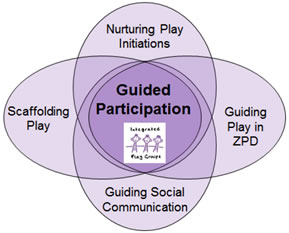 References (IPG Efficacy Studies/EBP Citations)
References (IPG Efficacy Studies/EBP Citations)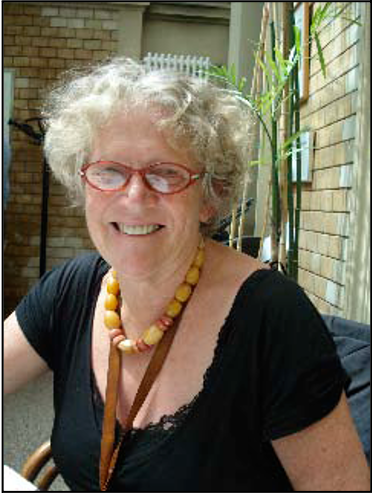
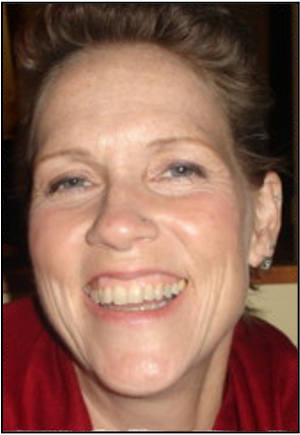 Therese Marie O'Connor, MA
Therese Marie O'Connor, MA 